Void Sols review
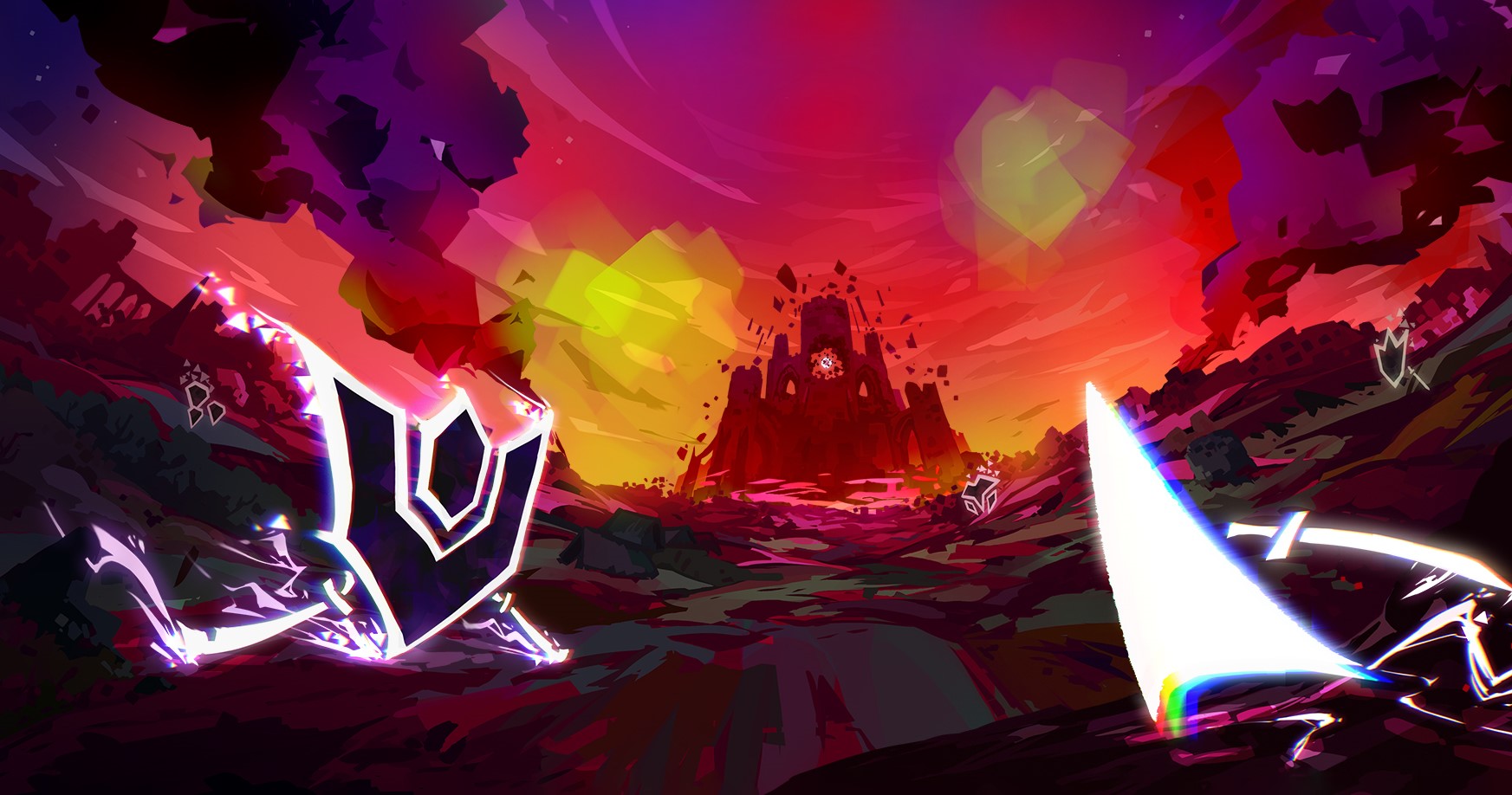
© Finite Reflection Studio

© Finite Reflection Studio
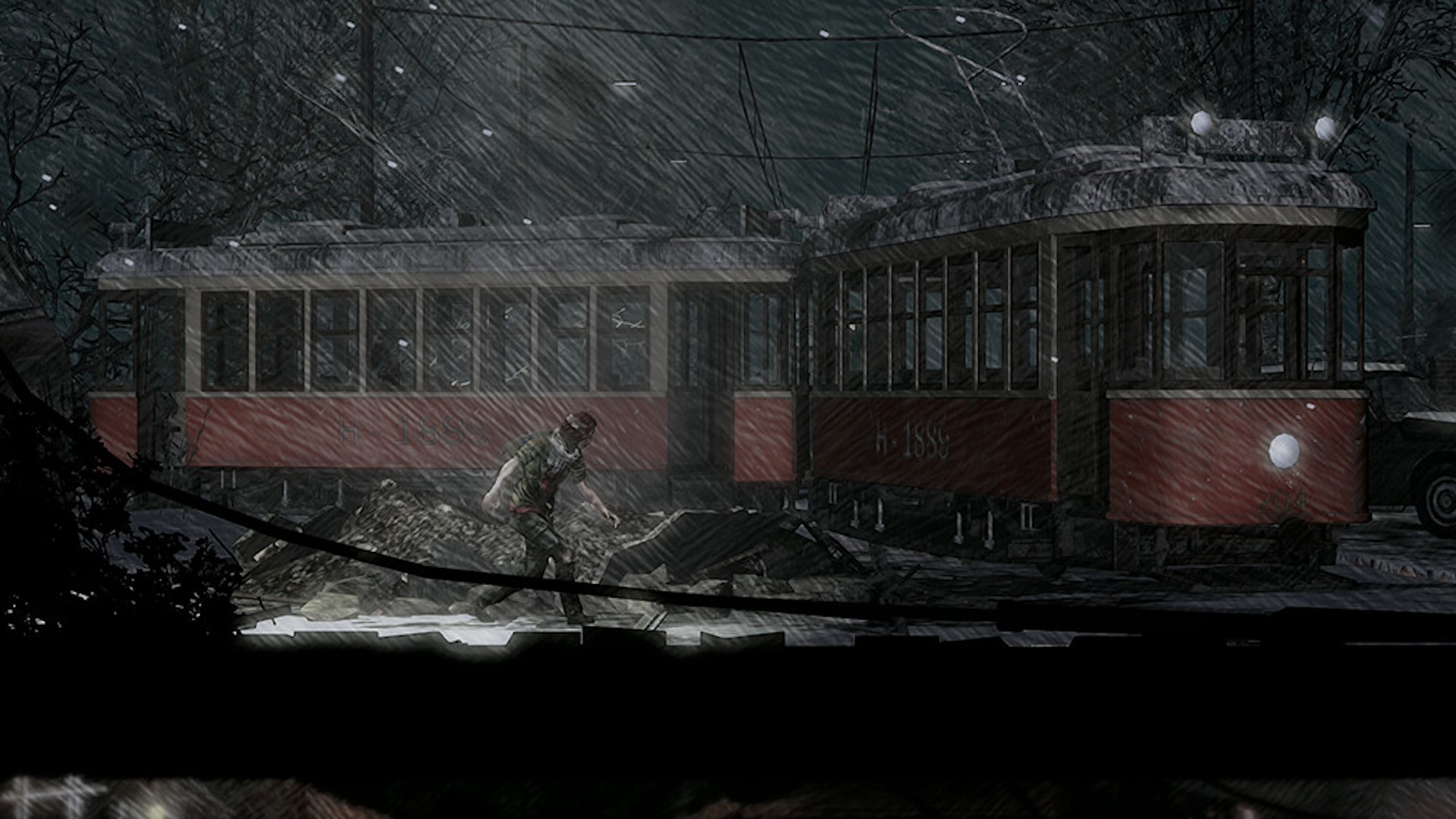
© 11 Bit Studios
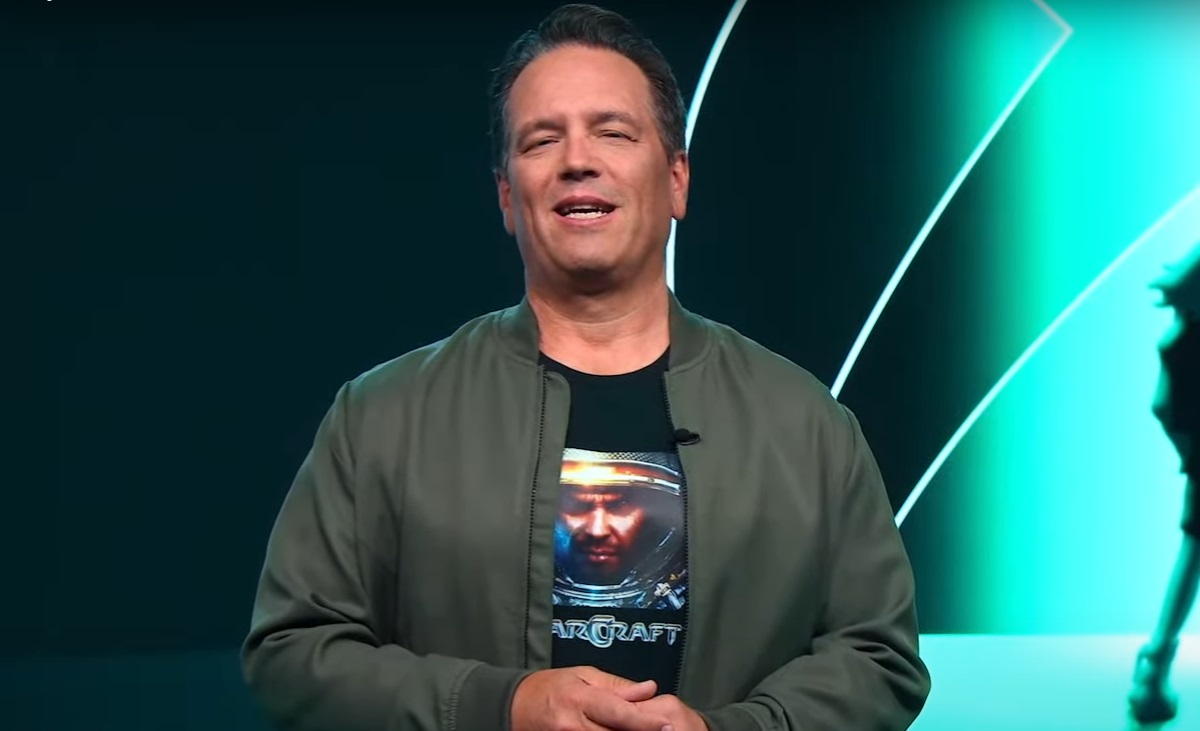
© Xbox
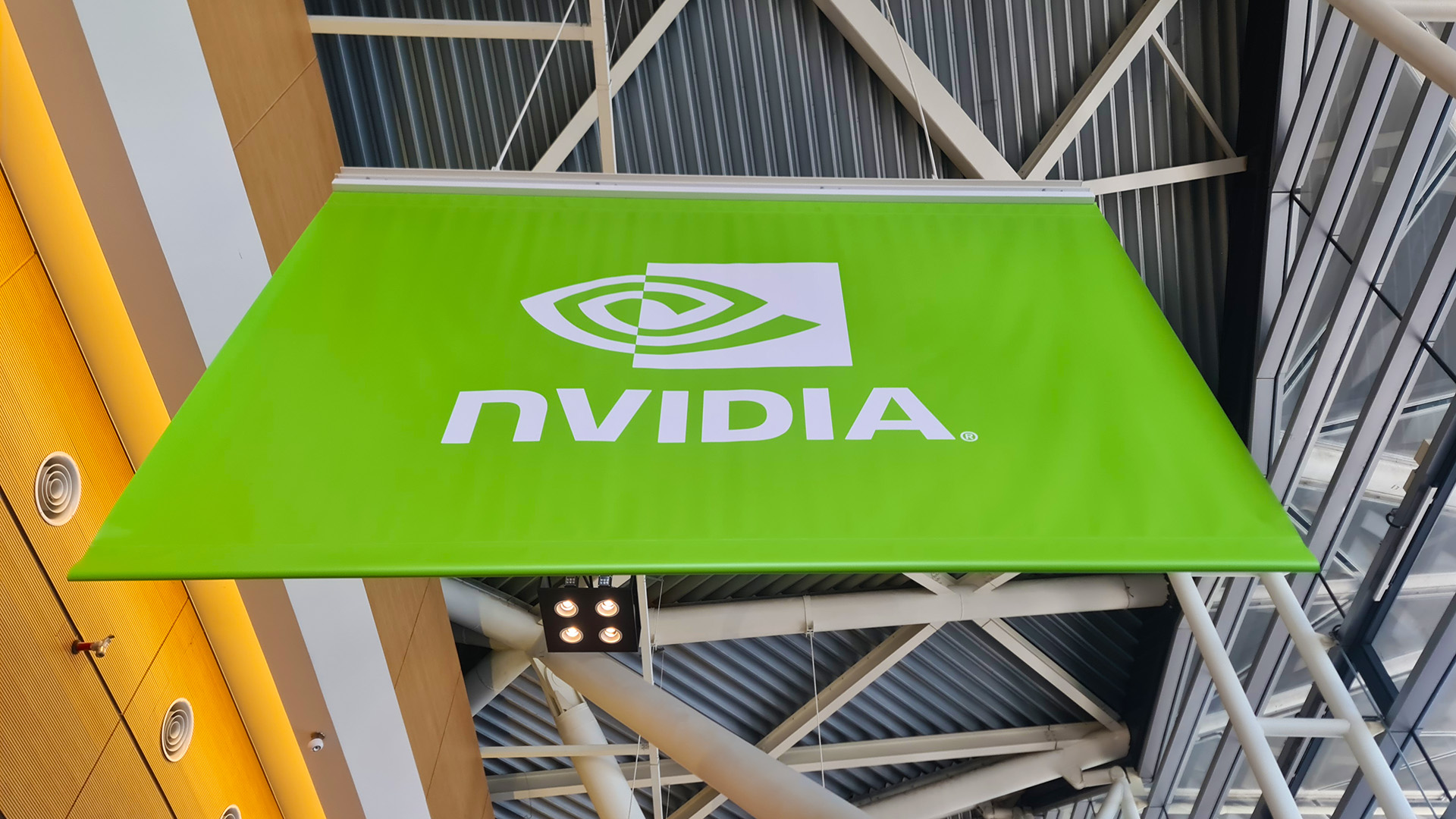
© Future
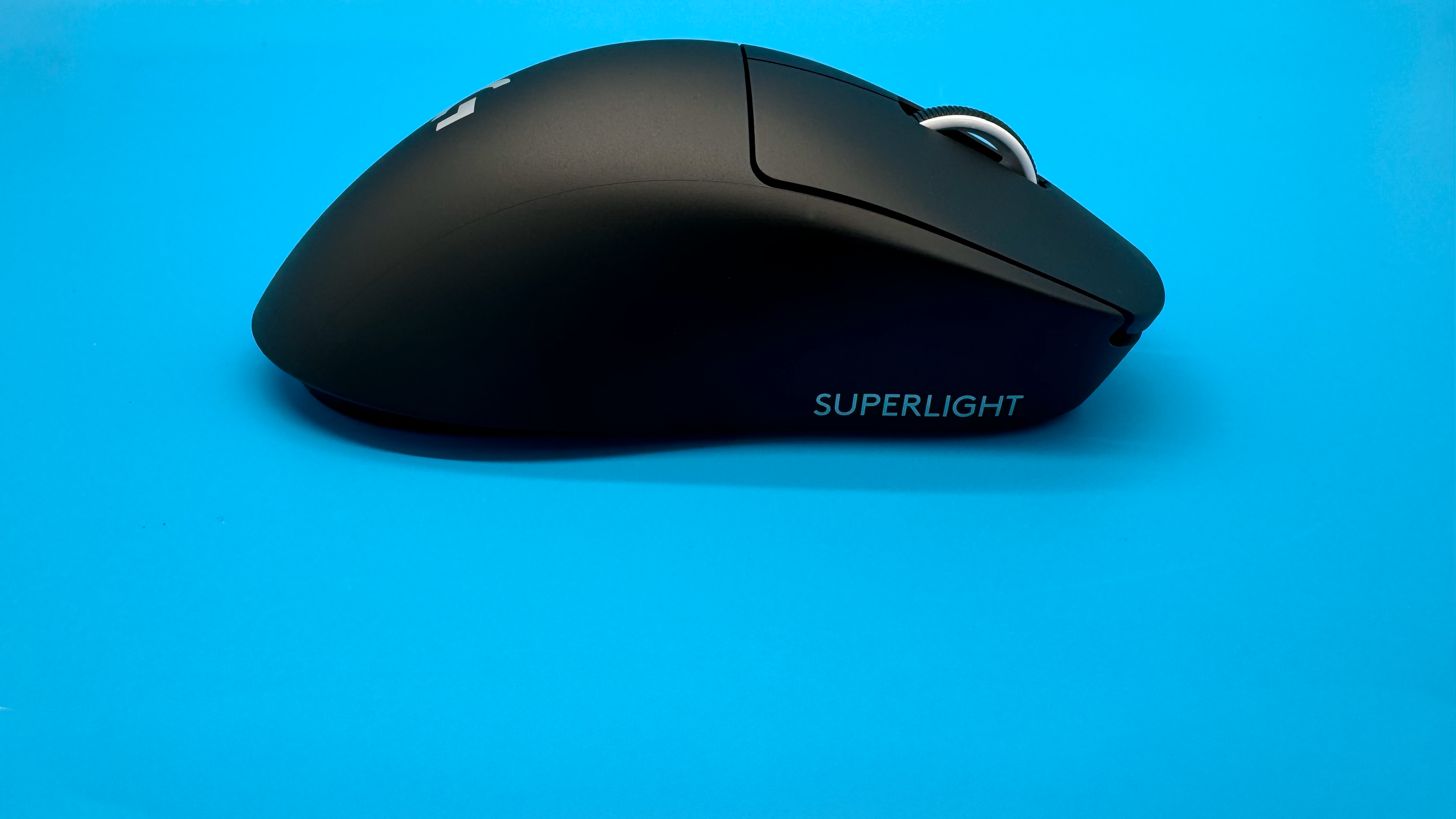
© Future / Logitech
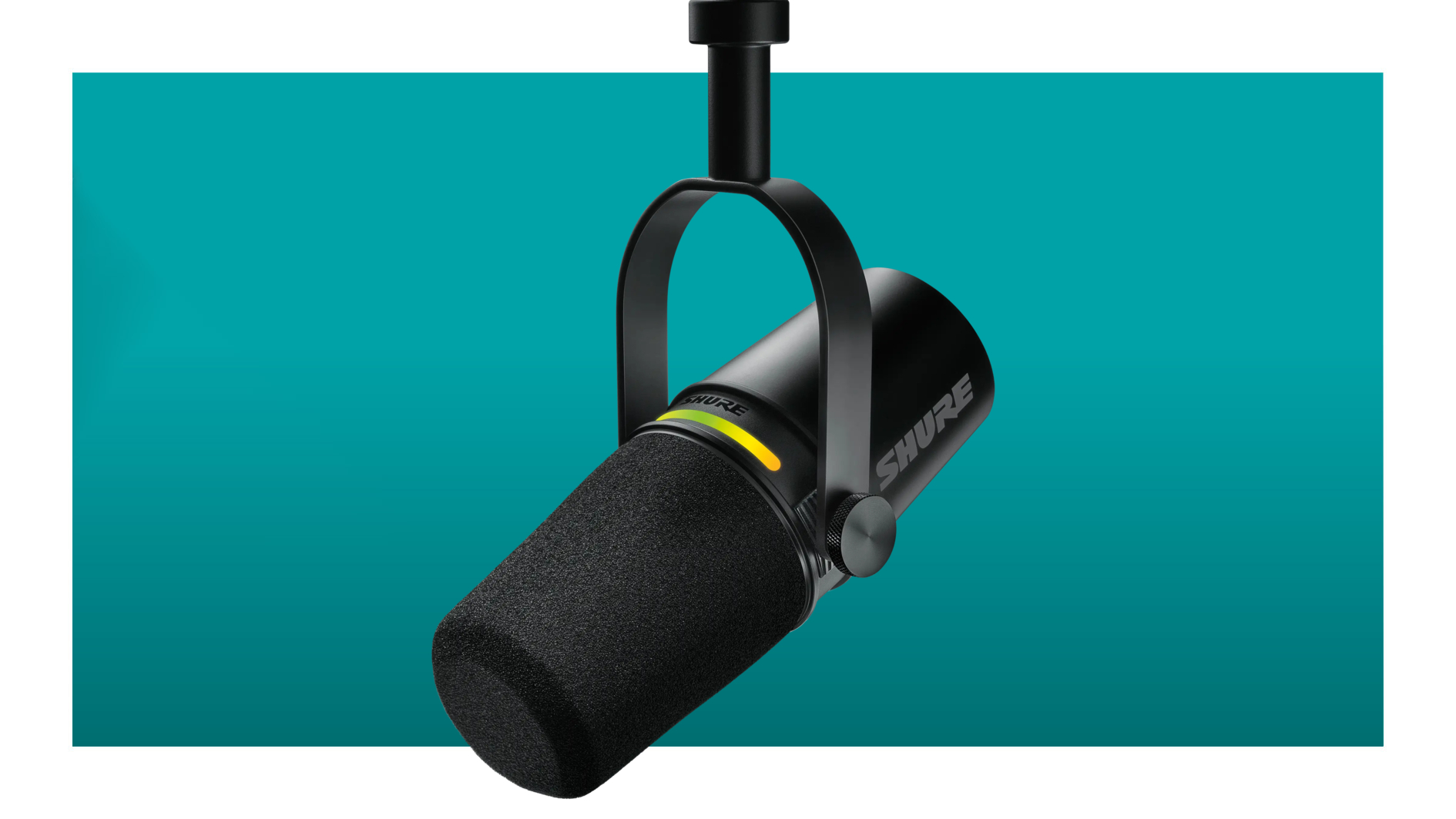
© Shure
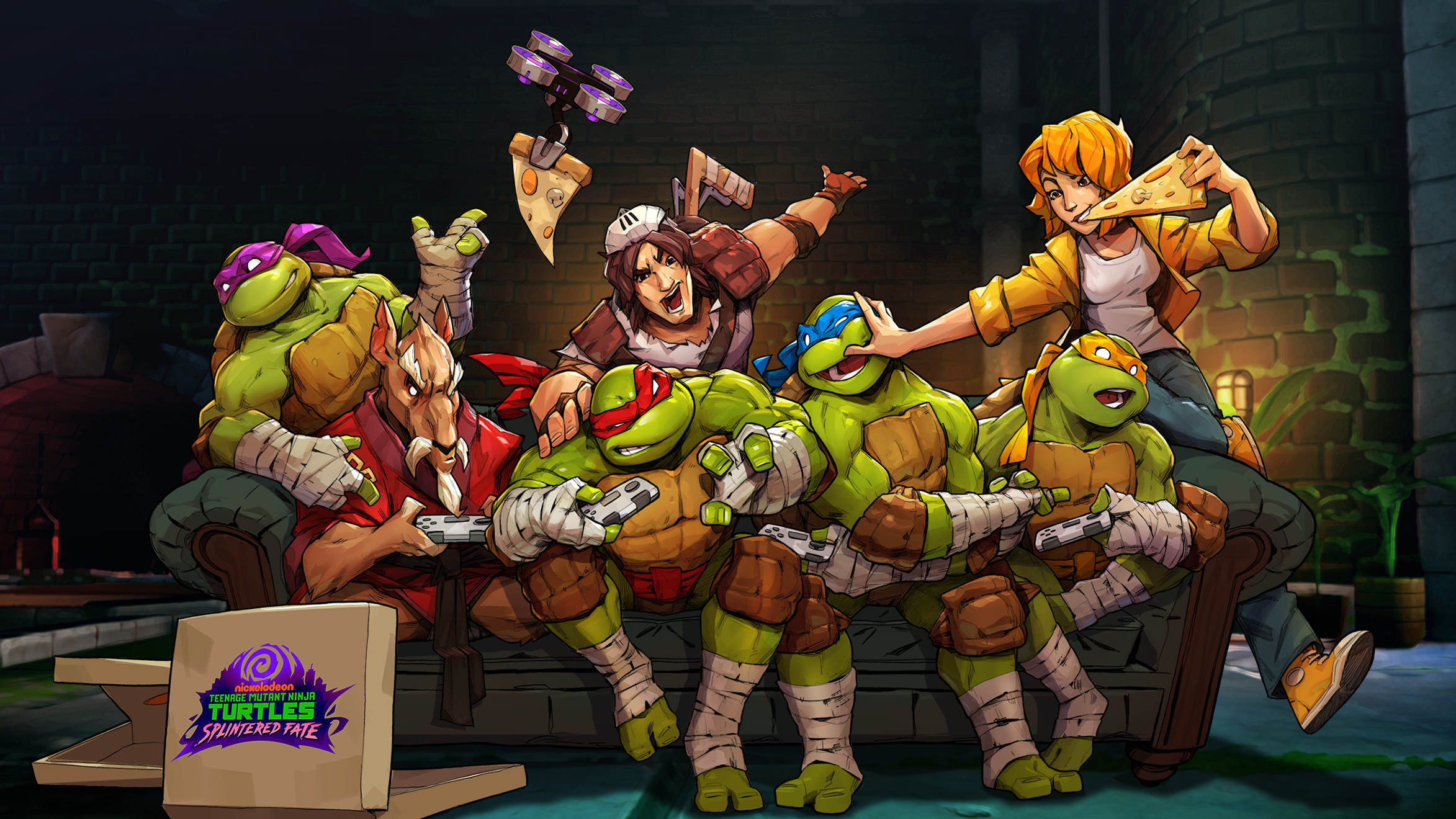
© Super Evil Megacorp

© Infold Games

© Activision
PlayStation 5 exclusive Astro Bot saw its supposedly final drop of downloadable content released today in the last announced weekly speedrunning level, but fans are scratching their heads over a number of unreleased bots present in the credits.
Reddit user pkowswald noted that, even with the additional two bots released in today's DLC, there are still several game franchises such as Assassin's Creed and Rayman credited in Astro Bot despite not having individual bots of their own.
While it's entirely possible this is from deals fallen through or content cut, what makes the prospect of more DLC down the line more believable is that the credits were actually updated to include an extra character upon the final speedrunning level's release. None of the unused franchises were cut either.
And what's more, Astro Bot similarly featured franchises such as Stellar Blade in its credits before its protagonist Eve was added as a bot in the speedrunning DLC.
Astro Bot still includes licensing credits for Rayman, Worms, Assassin's Creed, Beyond Good & Evil, Croc, and Tomba, the last of which was added today. Nothing official has been said about if these games will be featured eventually, or if more DLC is planned. The PS5 exclusive seems to have performed well both commercially and critically though, so Sony may want to push more DLC down the line.
Astro Bot sold 1.5 million units in its first two months on sale and earned a 9/10 in IGN's review. "A fantastically inventive platformer in its own right, Astro Bot is particularly special for anyone with a place in their heart for PlayStation," we said.
Ryan Dinsdale is an IGN freelance reporter. He'll talk about The Witcher all day.

Just days ahead of its 20-year anniversary, Half-Life 2 has a new trailer for its RTX remaster.
Valve’s influential first-person shooter launched on Steam on November 16, 2004. Ever since then, and the release of Episode 2 in 2007, fans have called on Valve to release Half-Life 3. But alas, it seems further away now, all these years later, than ever before.
Still, Nvidia has decided to release a new trailer “celebrating the game’s enduring legacy” that offers another look at the remaster, Half-Life 2 RTX. Half-Life 2 RTX is in development at 100-person mod team Orbifold Studios, and adds full ray tracing, remastered assets, and DLSS 3.5 with Ray Reconstruction as a free DLC for Half-Life 2 owners.
So, what is the status of Half-Life these days? In 2020, a making-of for VR exclusive Half-Life: Alyx revealed a swathe of games developed and shelved by Valve between the release of Half-Life 2: Episode 2 and Valve's latest VR game. That list included details on a version of Half-Life 3 that was in development for around a year.
Geoff Keighley's The Final Hours of Half-Life: Alyx revealed that at least five Half-Life games were canceled between Episode 2 and Alyx, along with a number of other projects — the most notable being a project officially referred to within Valve as Half-Life 3.
Half-Life 3 was said to have been created in the Source 2 engine and drew some gameplay inspiration from Left 4 Dead. The project known as Half-Life 3 would have used procedural generation between hand-crafted story moments to create a more replayable game. For instance, the game would generate a building and an objective (such as rescuing a prisoner), then create a route through it and fill the building with enemies, meaning that section would always play out differently.
The team went as far as scanning Frank Sheldon, the actor whose likeness was used for the series' G-Man. However the Source 2 engine was unfinished, and the project "didn't get very far" before it was dropped. It was in development for around a year between 2013 and 2014.
What might have been? Since then, Valve has released Counter-Strike 2 as an updated form of CS:GO, and multiplayer game Deadlock in early development form. The company has yet to make any indication that a new Half-Life game, Half-Life 3 or otherwise, is in the works.
Wesley is the UK News Editor for IGN. Find him on Twitter at @wyp100. You can reach Wesley at wesley_yinpoole@ign.com or confidentially at wyp100@proton.me.

The heroes of Red One, a glittering lump of yuletide action-comedy coal coming to a multiplex near you, travel the world via secret portals hidden in the back of toy stores. To which any child in the audience might ask, “Wait, there are stores that only sell toys?” Well, not anymore, Timmy. Such brick-and-mortar establishments have largely been wiped out by Amazon, a.k.a. the mega-corporation that bankrolled this movie. To see the company build the lore of a would-be blockbuster around a business model it destroyed is about as galling as, say, Netflix making a sitcom about Blockbuster.
Speaking of the streaming giant, Red One is not a sequel to Red Notice, though it does share a star and a general air of crass commercial indifference with that algorithmic slop. There’s something distinctly Bezosian about its vision of the most wonderful time of the year: Santa Claus, as played by an unfathomably overqualified J.K. Simmons, is a rise-and-grind mogul who hits the gym before climbing onto the sleigh and runs his operation with an efficiency that could put a twinkle in every billionaire’s eye. Early on, the movie touches down in the North Pole, and the place has all the dreamy enchantment of a fulfillment center. The elves, we’re told, work 364 days a year, taking only December 26 off. Like their counterparts at Amazon, they could use a better contract.
At two-sizes-too-small heart, this is a buddy comedy, unboxing and pairing off a couple of stock action figures after Santa is kidnapped by Nordic witch Grýla (Kiernan Shipka). To save Christmas, the big guy’s 300-year-old head of security, Callum Drift (Dwayne Johnson), must join forces with Jack O'Malley (Chris Evans), a slovenly, cynical hacker and deadbeat dad. “Do I look human?” Drift at one point rhetorically asks his mismatched partner, and even ignoring his iconic cartoon physique, the answer is once again “no”: Defaulting to a stony, humorless glower, The Rock is all plastic machismo here. That leaves Evans to pick up the comic slack, which he does with a smidge more New Yawk attitude and pathos than strictly required. Of course, going above and beyond material this shoddy is no great lift. Mostly, his performance leaves behind a warm-and-fuzzy gratitude that Ryan Reynolds wasn’t available.
Imagine a holiday-season answer to Men in Black with more acronyms than jokes. When nu-manji director Jake Kasdan isn’t introducing some new wrinkle in the mythological intelligence agency run by a poker-faced Lucy Liu, he’s bombarding us with gaudy attractions. The CGI stocking stuffers include a trio of malevolent snowmen, a Hot Wheels car magically scaled up to full-sized Lamborghini proportions, and a talking polar bear with no personality. The effects have a garish inconsistency familiar to the age of blockbuster crunch. To subject your eyes to them is to feel pangs of sympathy for the overworked, non-unionized artists who presumably sacrificed a holiday or two to make a release date probably set in stone before the script was written.
As spectacle, Red One is sub-Marvel, a further degradation of that assembly-line entertainment model. The characters speak in canned witticisms: “Use your words,” one says when another is speechless. “I’m right here,” he retorts when they’re talking about him as though he’s not there. Was a single scene shot on an actual set? The whole movie is lit like a digital fireplace, bathing the actors in a chintzy synthetic glow. The action scenes – like the one where Santa gets nabbed, and Drift takes pursuit across the screensaver landscape of the North Pole – are dark, choppy, and weightless. For an upcharge, families can experience these joyless amusement-park rides through the immersive magic of D-BOX or 4DX. You’ll really believe you’re watching the film in a drafty theater during a blizzard while unruly children kick the back of your seat.
There’s exactly one inspired sequence in Red One. It’s the stretch where Drift and O’Malley fall into the clutches of Santa’s estranged, sadistic demon brother, Krampus, who’s played by Games of Thrones scene-stealer Kristofer Hivju. The fun is all in the Norwegian character actor’s flamboyant performance – the arrogant theatricality he projects beneath his elaborate prosthetics. Here and only here does Red One feel like it’s even reaching for a gag, rather than trying (and failing) to coast toward laughs on the back of its premise. If the mere thought of Santa needing a bodyguard doesn’t leave you in stitches, it’s going to be a chilly couple hours.
What’s downright insulting about Red One is its insincere feigning towards some sort of celebration of the purity of childhood. “We work for the kids,” Santa tells Drift, who’s mulling retirement and can no longer see past the cruelty and greed of their parents. That thesis, a sentimental ode to the true Christmas spirit, is pretty rich coming from such a crass, noisy holiday distraction with no greater ambition than shaking a few extra dollars from the pockets of families looking to kill some time on winter vacation. Were this movie a toy you’d find on a shelf (or, let’s be real, an Amazon wishlist), it’d be the kind of trinket that’s expensive in price, cheap in construction, and destined for a spot on the landfill.

Hisense has hit its stride and its 2024 televisions continue to be a premier example of value for the dollar. The U7 series (also called the U7N in some markets) is meant to sit a tier below the U8 series, which I already reviewed highly earlier this year. It's best described as a "lower-mid-level" television, but it sits in the tier that is the lowest I would recommend a television for serious gamers. It uses miniLED technology and features full-array local dimming.
The thing is, while yes, there are certainly reasons to spring for the higher-end U8, I have to admit that most average television buyers aren't going to notice the difference. Both get very bright, both have great color accuracy, both support gaming well, and both look great in the living room.
Sure, the U8 brings better brightness and more dimming zones, but the U7 is shockingly competent for a television in its class. There is room for improvement, to be sure, but the Hisense U7 is a great 4K television for multipurpose use.
The Hisense U7 is a smart-looking television. It's relatively thin for an LED and very lightweight. Without the stand, it would be pretty difficult to tell it apart from the U8 series television it sits below since they share much of their design in common.
Where they differ is in the stand, where Hisense chose to go with a dual-foot, center-positioned stand that has a large piece of plastic that sits between them, giving it the illusion of one giant foot.
It is a very low profile design and situates the display extremely close to your stand, so if you have a soundbar, you might find that even if it is very thin, it comes up and blocks either the IR reader for the remote or leaks up and blocks the display itself. While the remote can be paired to the TV so that it doesn't need a clear line of sight to the IR reader to operate, that only applies once the television is on. That means I had to go up to the television and aim it behind my soundbar in order to turn the U7 on before sitting back on my couch and navigating normally.

Luckily, the stand is very sturdy, if not a bit oddly designed with the dual foot and plastic cover system it has. That plastic cover also takes up valuable vertical real estate, so if you do have a sound bar you may want to remove it. It doesn't serve any stability purpose as far as I can tell – it's just aesthetic.
Cable management is passable. Cables are routed through a set of plastic hooks on either side of the TV and then back behind the dual-foot stand. When you have the plastic cover in place or a soundbar up front, cables are well hidden.
Looking at the U7 from the front, the power cable plugs into the right side while all the other ports sit on the left. That includes four HDMI ports, two of which are HDMI 2.1 compatible and feature up to 4K at 144Hz. The other two cap out at 4K at 60hz but one of those is the eARC input. I appreciate that Hisense put eARC on one of these lesser ports instead of combining it with a high-performance port like Sony does on the Bravia 7, since it lets me use multiple gaming systems simultaneously and without needing to plug or unplug them.
Of note, this only applies to the larger options. For the 55-inch version, Hisense did take one of those high-bandwidth ports for eARC.

The U7 also features a list of other ports: one USB-A 2.0, one USB-A 3.0, an optical digital audio input, a LAN connection, and composite video. The U7 also supports WiFi and Bluetooth 5.3 as well as ATSC 3.0.
Finally, Hisense supports voice control with its televisions and this can be physically turned off via a switch at the base of the TV. When you do this, an orange LED appears and does not turn off. This is certainly an improvement versus the three brighter LEDs of previous years, but it's still an irritation that I would prefer Hisense remove entirely.
The Hisense remote is one of the larger you'll find on a modern television, although it doesn't really need the space since there aren't a ton of buttons. At the top are five pre-programmed shortcut buttons and one customizable shortcut button. My model came with Netflix, YouTube, Prime Video, Disney+, and Tubi as the options.

Aside from the standard fare of buttons, Hisense put a Menu button in the lower left which is how you can quickly access television settings and also the Game Bar, which I'll get into below.
It's a perfectly fine remote that gets the job done.
Hisense, like Sony and TCL, uses Google TV which is one of the easiest to manage and customize, and has support for basically every streaming service you could want. While yes, it does pack a lot of advertising onto the front page in the form of "recommendations," you can turn most of them off by going to Apps Only mode. There, only the main promotions banner shows and it usually is themed to new releases or seasonal content on popular platforms. I find it relatively easy to ignore.
There is sometimes a slight delay between a button press and seeing that request reflected on screen, but it's not an overly obtrusive delay and it's not consistent. Once the TV is on and fired up, it's usually a pretty smooth navigation experience.

If you like customizing your viewing experience, Hisense gives you a pretty robust menu to do so. You can select picture profiles and adjust brightness, contrast, strength of the dimming zones, and more. Brightness actually does mean brightness in the interface too – it doesn't just make the content on screen lighter but actually raises the power of the backlights.
There is one nitpick I have with Hisense TVs and it's not just on the U7: I don't like that if I turn the volume down to zero, it shows a mute icon on-screen. Sometimes I just like on-screen content but no sound and I don't like seeing that icon up there. I understand it if I actually hit "mute," but I would prefer no indicators on screen for when the volume is set to zero.
Hisense has very good HDR support in addition to a built-in filmmaker mode. The U7 supports Dolby Vision, HDR10, HDR10+, and HLG, which means for almost everything, you'll get a great color-matched HDR experience.
The Hisense U7 is very color-accurate and has good uniformity across the panel. The colors lean a bit blue, but that's easily corrected if it bothers you. In testing, the panel showed 99.5% coverage of sRGB, 83.2% coverage of Adobe RGB, and 93.5% of the DCI P3 color gamuts with an average delta E of less than one. That's a great showing for any television, but for a display in this price bracket, it's outstanding.
Uniformity is great too. Outside of the very far top corners, which dipped below nominal tolerances, the rest of the panel performed great and you should expect great color across the screen.
I do want to point out that I think Hisense has a "dirty panel" problem, though. The last four Hisense televisions I've reviewed had small scatterings of grey pixel splotching in places that, prior to this, I was willing to chock up to bad luck. However, it's become common and consistent enough for me to point it out now: there is a chance you'll have these splotches on your display and they do not come out. My U7 review unit has the largest splotch I've seen yet, located in the middle upper third of the display. Most of the time, I can ignore it, but when gaming I definitely see it.
The U7 has Hisense's new Hi-View Engine PRO chip which is designed to make a variety of content look better. I can speak to the results: movies, games, and television look pretty darn good. The U7 will perform better if it has more data to work with, so that means higher bitrate content is going to give you the best results and low-quality 720p streamed television looks pretty weak.
When it does have a good high-definition stream to work with though, I was very happy with the color balance and contrast, although I will admit the U8 has the U7 beat when it comes to deeper blacks.
Panels like this one typically perform worse when not viewed straight on, but I don't think the off-angle viewing degradation is particularly bad here. Sure, some contrast falls off but it's still perfectly serviceable for a living room.

One weak spot for Hisense televisions is that they are susceptible to bloom – when bright objects set against black backgrounds have a glow around them – and that remains the case here. You'll definitely see it if you have subtitles against letterboxed content. This is very difficult to get rid of on LED displays and really the only solution is OLED, so seeing it here is not a surprise.
Brightness comes in just below 1,000 nits, which isn't nearly as bright as the U8, but it's still plenty bright for many rooms and will only be challenged by big, sunlit windows directly across from the panel. I found the glare to be minimal on the U7, too and while reflections do appear, they're not overly distracting.
I like gaming on Hisense TVs, as I find the balance of colors, saturation, and contrast to be very easy on the eyes and pretty true-to-life. That remains the case here, as extended sessions playing Risk of Rain 2 (PS5), Apex Legends (PS5), and Cyberpunk 2077 (PC) left me pretty satisfied with the results.

Apex Legends and Risk of Rain performed the best as the on-screen content doesn't demand a lot from the panel. Where the U7 was notably weaker than higher-end televisions was on Cyberpunk, where the wide range of colors and deep shadows compound into a complicated contrast situation that the U7 didn't handle as well. It wasn't much worse than other LED displays, even those that are more expensive, but I definitely noticed a comparable loss of visual fidelity.
But for high frame rate competitive gaming, I don't want that much contrast and don't seek out dark shadows, and there the U7 did great. The game bar is one of the better iterations on the market and shows not only the current resolution and frame rate, but also gives you access to gaming specific settings that anyone who spends a lot of time on a PC or console will appreciate.
When you make televisions this thin, you run up against physics and as a result, very few (if any) companies are making televisions that sound good with no assistance. Don't get me wrong, the U7 gets loud and you can clearly make out audio, which is great, but there is almost no low-end to it. Bass is weak and even mids feel lacking in places.

Hisense tried by implementing a bass into the rear of the TV, but there just isn't much room for air to move around in there, so the results aren't ideal. You'll want some kind of external sound system for the U7, and my previous notes about how limiting the stand is for sound bars further complicates the situation. You may be best served wall-mounting this display.
The U7's biggest competition comes in the form of TCL's QM7 and Hisense's own U8. TCL's QM7 is a very nice television that has slightly better color accuracy and brightness, but also comes in around $100 more expensive. For a couple hundred dollars more, you're looking at the U8 which is an upgrade when it comes to brightness and contrast. All of these televisions are vying for your attention and are within a few hundred dollars of each other and they all perform quite well, provided you know why one might cost more than the other and if you're willing to take that sacrifice to save the cash.

I’ve gotten used to making some kind of concession when it comes to a television under $1,000. Be it a weird stand, combining the eARC port with one of two 120Hz options, bad sound, a dirty panel, poor brightness, or weak HDR support, there has always been something that makes me say, “ah, that’s why it’s only $700.”
TCL has in recent years been outclassed by the very good Hisense options at the same price but makes a return to form with the QM7, eliminating any concessions and delivering a television that just flat-out performs better than the competition – Hisense included.
This is almost a flawless television at this price level, with my only caveat being pretty bad halo-ing when viewing the panel off-axis. That’s pretty much the lone complaint, though, and TCL has made an excellent television for gaming and multipurpose use yet again.
Pretty much all manufacturers are running with the same design aesthetic now, which means that unless you know where to look, you’ll be hard-pressed to find a visual difference between a Sony, Hisense, LG, or TCL television. From the front, the QM7 goes with a thin-bezel design and a center-placed stand. A small bar at the bottom that serves as the reader for the remote and the power light is the only difference in thickness across the entire face of the display.
For an LED television, the QM7 is remarkably thin and light. Usually, mini LED panels trade thin, featureless fronts for thicker, heavier backs, but somehow TCL eschewed this and delivered a television that’s easy to remove from the box and position in your living room.

On the upper third of the backside, the QM7 sports an Onkyo ultra-bass (which is part of a full Onkyo-branded 2.1 sound system) – an attempt by TCL to make the mids and lows a bit better than thin TVs can typically manage. More on that later, but it’s worth pointing out from a design perspective since it’s the first thing you’ll notice about the rear of the QM7; it’s hard to miss.
TCL placed the power input on the (from the front) left side of the TV and all of the other inputs on the right, which is the opposite of most other new TVs on the market. You’ll find two HDMI ports capable of supporting 4K at up to 144Hz and two more capable of 4K at up to 60Hs. Gratefully, TCL combined the eARC port with one of those lower-spec ports, so you will be able to use your soundbar with the QM7 without sacrificing one of the high-performance ports, meaning you can plug in both a gaming console and a PC (for example) at the same time. Sony, take notice.

You’ll also find a 3.5mm audio jack, two USB-A ports, a LAN port, an optical audio input, and composite video. The QM7 also supports WiFi 5 and Bluetooth 5.2.
Cable management is very good, as all cables can be routed around the back and into the large stand that has a solid cover to keep them all in place.
Speaking of the stand, it is relatively low profile but raises the QM7 up high enough that a short soundbar can comfortably fit below the display and not block the remote receiver unit. That sounds like something that should be standard, but many television manufacturers are forgetting this important detail. It should be noted that it’s not a ton of space, so taller soundbars are still not going to fit, but my Bose soundbar is short enough that it works.
TCL’s remote is what I would call utilitarian, as it’s not a particularly pretty remote. It’s one of the few places where the QM7 shows its lower-price tier, in my opinion. It’s a rather large remote with rounded edges and sides, which does make it comfortable to hold. All of the buttons are easy to access.

The QM7 comes pre-loaded with six shortcut buttons and my review unit features Netflix, Prime Video, YouTube, TCL TV, Apple TV, and Pluto TV. The inclusion of TCL TV feels like an option that will be largely ignored along with the other TCL Home shortcut button that lives right above these six options, but the rest are largely useful. You can’t reprogram these, but TCL does give you a shortcut button that you can customize.
The only confusing thing about this remote is how many buttons there are that appear, at least at first glance, to do the same thing. You’ve got a home button and a TCL Home button, and a settings button and both an info and hamburger button, for example. They do different things, but they look so similar that you’ll have to spend time with the remote to figure it all out.
TCL, like Hisense and Sony, uses a slightly modified version of Google TV as the operating system of this television. TCL leaves it largely unchanged except for the addition of the TCL Home tab at the top, but you can ignore it rather easily.
While the QM7’s price may put it in the “mid-tier” or even “budget” segments, TCL didn’t skimp on the processing power as button presses feel very snappy and responsive. Side-by-side with the Hisense U7, for example, the QM7 feels noticeably faster.

Google TV also typically grants access to a ton of picture options and while what TCL has isn’t as robust as what Sony offers in the Bravia 7, it’s on-par with what Hisense offers – and that’s going to be plenty for most users.
You get a few different picture settings depending on what app you’re in, but expect to find Sports, Movie, Action, Vivid, Gaming, and HDR. Most settings, outside of IMAX Enhanced, offer the ability to customize further in Advanced Settings, with access to color, clarity, brightness, and more. I had no problem getting the QM7 into a good place for my particular setup and especially enjoyed the wide variety of HDR options.
The TCL QM7 has support for Dolby Vision, HDR 10, HDR 10+, and Hybrid Log Gamma, and also has a built-in system for IMAX Enhanced, which is a certified at-home format for content that IMAX says meets the highest certification standards in calibration, resolution, color, brightness, and contrast. It doesn’t stop there though – it also customizes sound performance to be ideal for what is being watched. With the QM7, I found myself preferring this mode over the basic Movie mode for viewing movies and high-quality TV shows.
While it’s not the brightest television in the mini LED space, the QM7 does very well with a peak brightness around 1,500 nits. That’s super bright and it’s more than enough to overcome the glare-prone front panel in most situations – although if you’re watching dark content, that glare will rear its head pretty quickly. That said, I think the QM7 is a good pick for most living rooms since, due to its excellent brightness, it has enough juice to overpower even bright windows directly across from the screen.
The QM7 performs very well in color tests, especially in this price tier. It measured pretty well, hitting 99.7% of sRGB, 92.6% of Adobe RGB, and 91.8% of the DCI-P3 color gamuts with an average delta E of 0.55. That is excellent performance for any television and that’s made even more impressive given the low cost of the QM7.
The panel tends to favor blue in exchange for greens and reds, but it’s slight and doesn’t contribute to anything noticeable while viewing content regularly. You can also tone any visible blue down by adjusting the warmth in Advanced Settings or, if you’re feeling industrious, adjust those color balances individually. I don’t think that most people will need to, though, as the color looks very good to the naked eye.
Panel uniformity could be better, but is pretty much hitting par for televisions in this category. The right bottom and top corners saw tolerances fall below nominal, but the important parts of the screen – the middle – are very good.
As is often the case with LED televisions, the TCL QM7 has problems with halo-ing around bright objects set against a dark background, but how bad it is depends on where you’re sitting.
If you’re positioned directly in front of the TV, you might not notice the halo effect at all. It is certainly there, but TCL did a good job suppressing it from the ideal viewing angle. Off-axis, however, is a different story. Even 30 degrees to the right or left and that halo will seem to balloon outward significantly. Worse, it’s not even just a white halo, but has tinges of purple and blue. It’s very distracting, so bear this in mind with where you have seating around the QM7.
The QM7 is an excellent gaming television. While it’s not going to beat an OLED for rich shadows, bright highlights, and robust colors, it’s one of the most pleasant gaming experiences I’ve tested on an LED display.
On budget displays, I often find that while they are packed with dimming zones, as the QM7 is, they don’t adjust rapidly enough at 60Hz or 120Hz and bright or dark spots take a second to adjust exposure as you look around an environment. That doesn’t happen on this display, and even in high-paced gameplay like in Apex Legends or Cyberpunk 2077, I never felt like the display was holding me back.

As mentioned, the QM7 gets very bright, and that’s fantastic for HDR gaming. I really like playing Cyberpunk 2077 on this TV and would say that the only time my experience has been better is on the LG G4 OLED. Contrast is probably this panel’s weaker spot, but it’s not that bad and I’ve certainly seen worse. Also, weaker contrast with an LED display compared to an OLED is going to be an issue no matter which brand of TV you get and I think TCL did as good a job as they could. It’s more than serviceable and that is made even better considering this is a $600 television.
TCL’s game bar is pretty darn good, too. It doesn’t have quite the number of options as LG’s but it looks good and gives you immediate access to most of the settings you will want to toy with. The QM7 also supports AMD Adaptive Sync via FreeSync Premium Pro, making for an outstanding gaming experience both with a console and a gaming PC.
My expectations with built-in audio on flatscreen televisions are very low – with so little room to work with, the laws of physics just can’t be overcome.
That said, TCL did an excellent job with the QM7. The aforementioned subwoofer doesn’t actually do much for the lows, but mids are a lot stronger than I was expecting and, mixed with pretty good highs, the overall sound quality provides more detail and depth than is typical of a television like this – and especially one at this price.

The QM7 can also get surprisingly loud. The quality starts to waver as you push it higher, but you shouldn’t have a problem hearing this TV even if your living room is huge.
I will stop short of saying you don’t need a soundbar, as the QM7 will still struggle with lows and true bass, but it’s perfectly serviceable for sports and broadcast TV. For movies like Dune or television like House of the Dragon, though, you’ll want to get a proper sound system or sound bar to truly enjoy the sound as it is meant to be heard.
TCL’s QM7 initially competed in between the Hisense U8 and U7, but some price cuts across both brands have the QM7 now priced identically to the U7 and just $200 below the U8. As I mentioned in my U7 review, all of these televisions are vying for your attention and are within a few hundred dollars of each other, and they all perform quite well. It’s hard to go wrong, but I’m leaning more toward the QM7 now than before given its better overall performance, especially considering how snappy the UI is comparatively.

The video game industry is currently in the thralls of a paradox. For players, it could be argued we’re in one of the greatest times for gaming – there’s incredible breadth of choice across consoles, handhelds and PCs made ever-more accessible through gaming subscription services like Xbox Game Pass and PlayStation Plus. But from an industry perspective, things could not be more dire. More and more studios seem to be closing, original IPs are being scrapped mid-development, and vast legions of game developers, programmers, artists, and animators have been cut loose. To put it simply: the AAA video game bubble has finally burst.
Across the past two years, over 23,000 jobs in the video game industry were lost, with a staggering 6,000 in January 2024 alone. Over 30 video game development studios have ceased operations including Arkane Austin, Volition, and most recently, Firewalk Studios. What’s worse, this trend only shows signs of continuing rather than diminishing. How did we get here? Some analysts have concluded these closures and redundancies are a necessary remedy to companies having overextended themselves in response to inflated demand in the market during the COVID-19 pandemic. While that’s undeniably a factor, I believe the truth lies in other long-gestating issues within the AAA project bubble.
Just five years ago, AAA projects’ average budget ranged $50 - $150 million. Today, the minimum average is $200 million. Call of Duty’s new benchmark is $300 million, with Activision admitting in the Competition & Market Authority’s report on AAA development that it now takes the efforts of one-and-a-half studios just to complete the annual Call of Duty title.
It’s far from just Call of Duty facing ballooning costs. In the same CMA report, an anonymous publisher admits that development costs for one of its franchises reached $660 million. With $550 million of marketing costs on top, that is a $1.2 billion game. To put that into perspective, Minecraft – the world’s best-selling video game of all time – has of last year only achieved $3 billion. It took 12 years to reach that figure, having launched in 2011.
The realities of these budgets mean entire publishing houses are massively overstretched and are now desperately facing the consequences: if their developers’ huge projects don’t make money immediately, they must die. Sega’s sci-fi shooter ‘super game’ Hyenas was in development at Creative Assembly for seven years, and – just as it was publicly playable for the first time via alpha testing – it was cancelled. The reason? Sega preemptively concluded Hyenas couldn’t make its money back.
Blizzard’s survival project Odyssey had a similar trajectory. Odyssey would’ve been the studio’s first new IP in eight years and, given the market’s love for games like Minecraft and Rust, such a gaming titan should’ve undoubtedly made waves with this project. When Microsoft acquired Activision Blizzard, the project was swiftly killed with little reason publicly given beyond inconveniences in switching engines to increase player count on the servers.
These examples of the current AAA publishing cull reflect a deep-rooted fear to engage with anything new and original, with publishers perhaps more risk-averse than ever to stray out of their established IP safety bars. But even well-known IP that could be worth millions in sales and revenue is being left to rot. Despite owning Infamous, Jak & Daxter, Killzone, Resistance and Sly Cooper to name a few entries in PlayStations’s sprawling dormant library, Sony CFO Hiroki Totoki recently claimed the company lacks enough original IP to consolidate itself as a true gaming powerhouse.
What Totoki may mean is that Sony’s older catalogue of library IP does not fit the mould of what every publisher has been mindlessly chasing for the better part of the decade – the next big live-service money printer. It’s difficult to imagine much fanfare for a Sly Cooper reboot where Bentley and Murray are purchase-to-play, grand heists are season pass bonuses and worlds are delivered half-baked instead of fully formed. It’s undeniable that on some level, the video game market has changed forever because of the live-service model. New video games don’t just have to compete with new rivals but somehow find space in an increasingly crowded market dominated by decade-old titles like Fortnite and Grand Theft Auto: Online – games which will continue to hold higher player counts than many of the top-sold games of the last few years. But live-service titles require investment of not only money, but time to find their audience – neither of which was afforded to Firewalk Studios’ Concord.
The recent fate of Concord’s Firewalk Studios serves as a microcosm for the increasingly bleak outlook for the next few years in video game development. Concord was Firewalk’s first game, its baby in many ways. An eight-year development bolstered by a Sony acquisition (with a reported cash injection of $200 million plus), PlayStation reportedly believed it had the next Star Wars-esque franchise on its hands. But the game struggled significantly across both its beta testing period and launch, and was soon completely shut down by Sony, with Firewalk closed for business shortly after. Concord’s downfall happened faster than any other failed game of the live-service era.
Just a decade earlier, though, a similar disaster was plaguing Blizzard’s Diablo 3 – the crippling ‘Error 37’ message made the game unplayable and fans worldwide decried the absolute failure to launch. Soon after, the game’s real-money auction house left players with a foul taste in their mouth and Diablo 3’s reputation was roasting in the fires. But rather than abandoning it, Blizzard not only repaired the game and removed the Auction House, but fundamentally upgraded and evolved it to Diablo 3 2.0 with its Reaper of Souls expansion, finally cementing its comeback as a brilliant game. It’s a similar story we’ve seen with CD Projekt Red’s hard-fought battle to win Cyberpunk 2077 fans back.
If the alleged $200 million + budget had been lowered, the project direction refocused as a spark for a new universe rather than a Big Bang, it doesn’t seem hard to believe that Concord may have found its audience with some Blizzard or CDPR-like shepherding from Sony. Many projects akin to Concord could be the medium-size successes they deserve to be, if not for the financial corners these publishers have found themselves backed into.
Not that such financial corners are anything publishers should always attempt to navigate. Gamers are beginning to wane interest in these monolithic projects. You need only look at a top rated games of 2024 list – whereas 2023 award lists were littered with AAA titles from 500-strong studios, 2024’s show a revitalised hunger for a smaller, more independent spirit. Arcade machine throwback UFO 50, the Metroidvania-esque Animal Well, poker roguelite Balatro, and text-based pixel-art adventure The Crimson Diamond are just some of the games you’ll see appearing again and again on these lists. Despite their numerous differences, they share a commonality – a smaller, more refined experience that recalls earlier eras of gaming where marriages of mechanics and storytelling were key through technological craftiness, rather than literal country-sized game worlds. The nostalgia they create for older video game generations are central to the heart of their creation: they just want you to pick them up and have a good time now and again. The slow but increasingly clear pivot of video game audiences to a potential indie game renaissance is a clear message to publishers that if everything is ‘bigger and bolder’, who possibly has the time to play more than one or two games each year?
That’s not to undercut the difficulty in getting those independent titles made. UFO 50’s Mossmouth LLC team consisted of six developers working over many years, while both Animal Well and The Crimson Diamond share similar stories of being crafted by solo developers - Billy Basso and Julia Minamata, respectively – over several years. Even a smash-hit like Lethal Company started life as one-man-band developer Zeekerss learning to develop games on Roblox before expanding his knowledge. All of these developers put everything they had over several years of their lives into creating these games – not in pursuit of money, but because of a passion. That’s why they don’t need humongous worlds or 300+ side-quests to tick off – these games all feel like lean enjoyment machines.
It feels like the top-end of the video game industry is currently faced with two paths to choose from. The first is the status quo; it can continue to engorge on bigger budgets with impossibly-open-yet-incredibly-empty worlds filled with 80+ hours of content that has about 10 hours of meaning to its players, or hopelessly pursue the live-service train which left the station over 5 years ago, with late passengers wondering why the money isn’t rolling anymore. These billion-dollar gambles could pay off, but it’s becoming less and less likely. Or, they could opt for the second path and take a page out of Julia Minamata, Billy Basso and Zeekerss’ books – a wider breadth of projects, smaller in scope and scale with a refined focus on gameplay mechanics, and perhaps a return to older styles of video games long-dormant. Projects where developers aren’t afraid to take weirder choices and unexpected left-turns lest they crash their $400 million ship into a ‘mixed-to-decent’ initial reception.
Maybe studios can remember that we used to play video games because they were fun – not because of their bigger-than-last-year maps carpeted by denser, higher-resolution grass that you walk across to finish another piece of side content that pushes you one digit closer to 100% completion.

Call of Duty Black Ops 6’s Winner’s Circle is now in battle royale Warzone, players have noticed following the launch of Season 1.
With Season 1 out now (via a mammoth 40GB update), Warzone players finally get to experience the Black Ops 6 integration into the free-to-download battle royale. It’s early days yet to issue a verdict on how the addition of weapons and Omnimovement from Treyarch’s recently released first-person shooter affect the Warzone meta, but one thing is clear: the unskippable Winner’s Circle has spread across games.
You can see Warzone’s take on the Winner’s Circle in the clip below, captured from Call of Duty streamer Symfuhny’s gameplay by CharlieIntel. It shows the entire squad of four players (rather than the top three performing players on the winning team in Black Ops 6), and lets players select from the emotes now shared across both games.
Warzone now has a Winner's Circle at the end
— CharlieIntel (@charlieINTEL) November 14, 2024
Vid @Symfuhny pic.twitter.com/Bi2TJVHi6H
Earlier this month, IGN reported on how Black Ops 6 players were rotating between wanting to skip the Winner's Circle and liking it because it gives them time to check their phone between matches. In Warzone, the Winner’s Circle shows up after the battle royale’s extraction cutscene, and also displays some of the players’ statistical competence for all to see.
As noted in the Warzone Season 1 patch notes, the exfil sequence duration has been reduced with a larger focus on the winning squad. Players can now swap between their own squad and the winning squad showing off accolades and player stats. There is a new progression overview screen too, focused on player choice experience.
Taking on Black Ops 6's Zombies mode? We've got Essential Zombies Tips and Tricks to help you get started, plus a guide on How to Exfil. Both Zombies maps are full of easter eggs and secrets; here's everything we've found in both Terminus and Liberty Falls, including How to Pack-a-Punch in Liberty Falls and How to Get the Meteor Easter Egg in Terminus.
Wesley is the UK News Editor for IGN. Find him on Twitter at @wyp100. You can reach Wesley at wesley_yinpoole@ign.com or confidentially at wyp100@proton.me.

One of our favorite Game Pass Ultimate deals just got even better ahead of Black Friday. Today only, Woot is offering an extra 20% off the 1 and 3 month memberships, which were already discounted 19% each. Just enter code TWENTY at checkout. This drops the 1 month membership to just $11.03 and the 3 month membership to $29.19.
Considering Xbox raised the price of Game Pass Ultimate this year to $19.99/month, you're saving $8.96 with Woot's 1 month membership deal and $30.78 with the 3 month discount. As we mentioned earlier, it only lasts through today until 11:59pm CT, so act fast to secure your codes!
As we inch closer to Black Friday, there are even more gaming deals dropping at a variety of different retailers. In particular, if you're looking to save some cash on games or subscriptions this holiday season, Amazon's currently offering a great discount for Prime members on PlayStation and Xbox gift cards. Nintendo also recently revealed their deal lineup for the upcoming sale event, which features a wide variety of exciting titles on sale.
If you want to look outside of game deals, don't worry, Black Friday offers a little something for everyone thanks to the numerous different retailers that hold their own sales. Quite a few are even jumping on the sale event bandwagon early, like Walmart which has discounts on everything from TVs to Pokémon TCG to Walmart+ memberships right now. It's a great time of year to pick up a little something for yourself or get started on your holiday shopping. If you're focusing on the latter this year and aren't sure where to begin, we've got some recommendations for gift card ideas that are worth giving out this year, too.
Hannah Hoolihan is a freelance writer who works with the Guides and Commerce teams here at IGN.

Atomfall launches March 27, 2025, developer Rebellion has announced.
That’s across PC via Steam and the Epic Games Store, PS5, PS4, Xbox Series X and S, Xbox One, and straight into Game Pass.
Dubbed British Fallout, Atomfall tasks players with solving the mystery of what happened at the Windscale nuclear power station in the aftermath of a nuclear disaster.
Here’s the official blurb:
To solve this, you will need to navigate military encampments, delve through abandoned bunkers below ground and risk your life in Pagan ruins. Central to the dark mystery is the host of eccentric characters and cryptic organizations that inhabit the quarantine zone. These individuals have been cut off from the outside world for years and left to their own devices, so are anything but normal. But be careful, they aren’t all friendly and you will need to get to grips with an array of ranged and melee weapons if you are to survive.
The new trailer, below, is designed to showcase Atomfall’s folk horror influences and the Casterfell Woods location. There’s a burning pyre, an “unsettling” wicker man, numerous fallen bodies, and a ringing telephone box that needs to be answered.
Atomfall’s Deluxe Edition grants three days early access and the planned story expansion DLC, when it’s released.
Wesley is the UK News Editor for IGN. Find him on Twitter at @wyp100. You can reach Wesley at wesley_yinpoole@ign.com or confidentially at wyp100@proton.me.

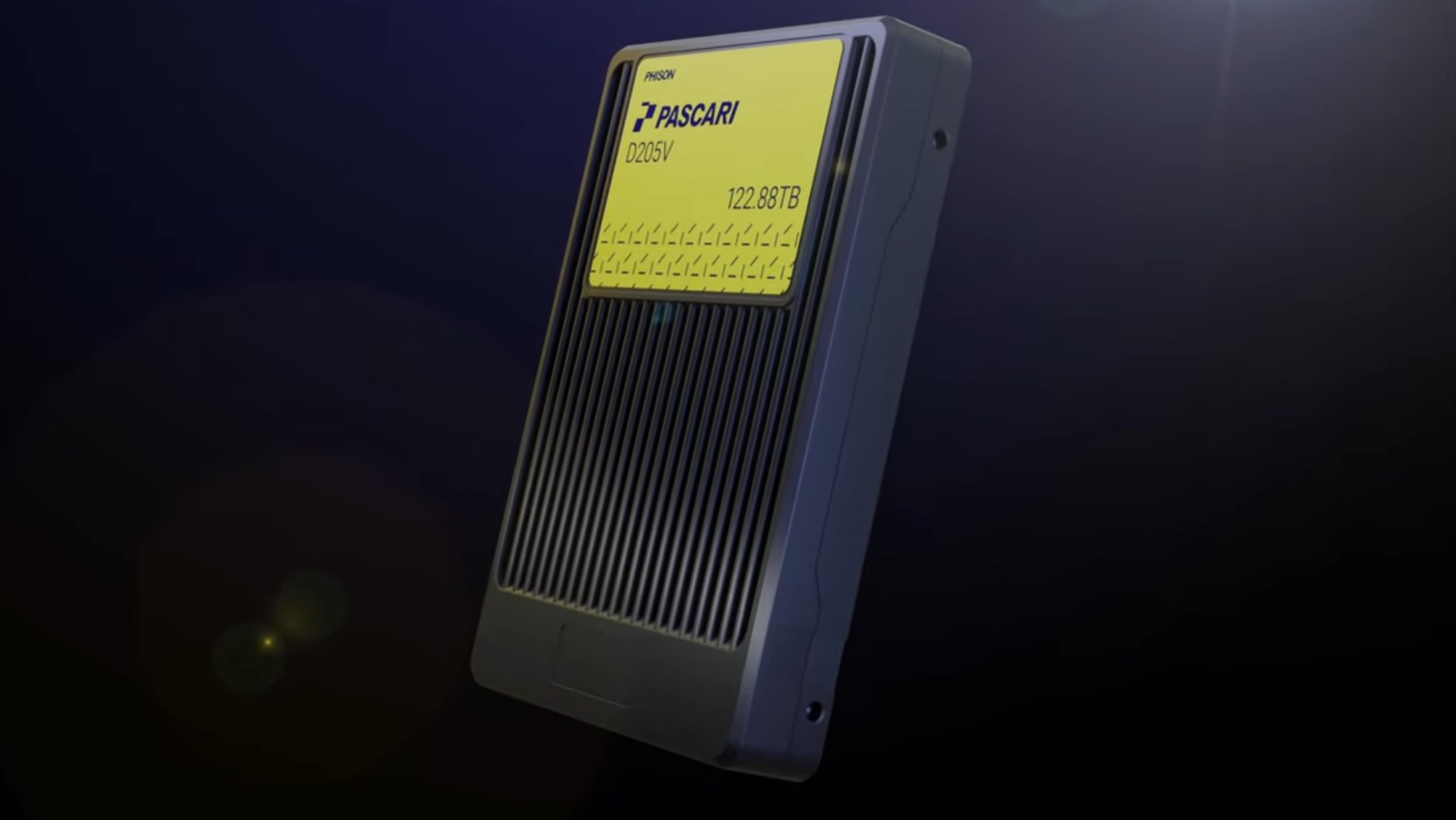
© Phison Electronics

© Rockstar
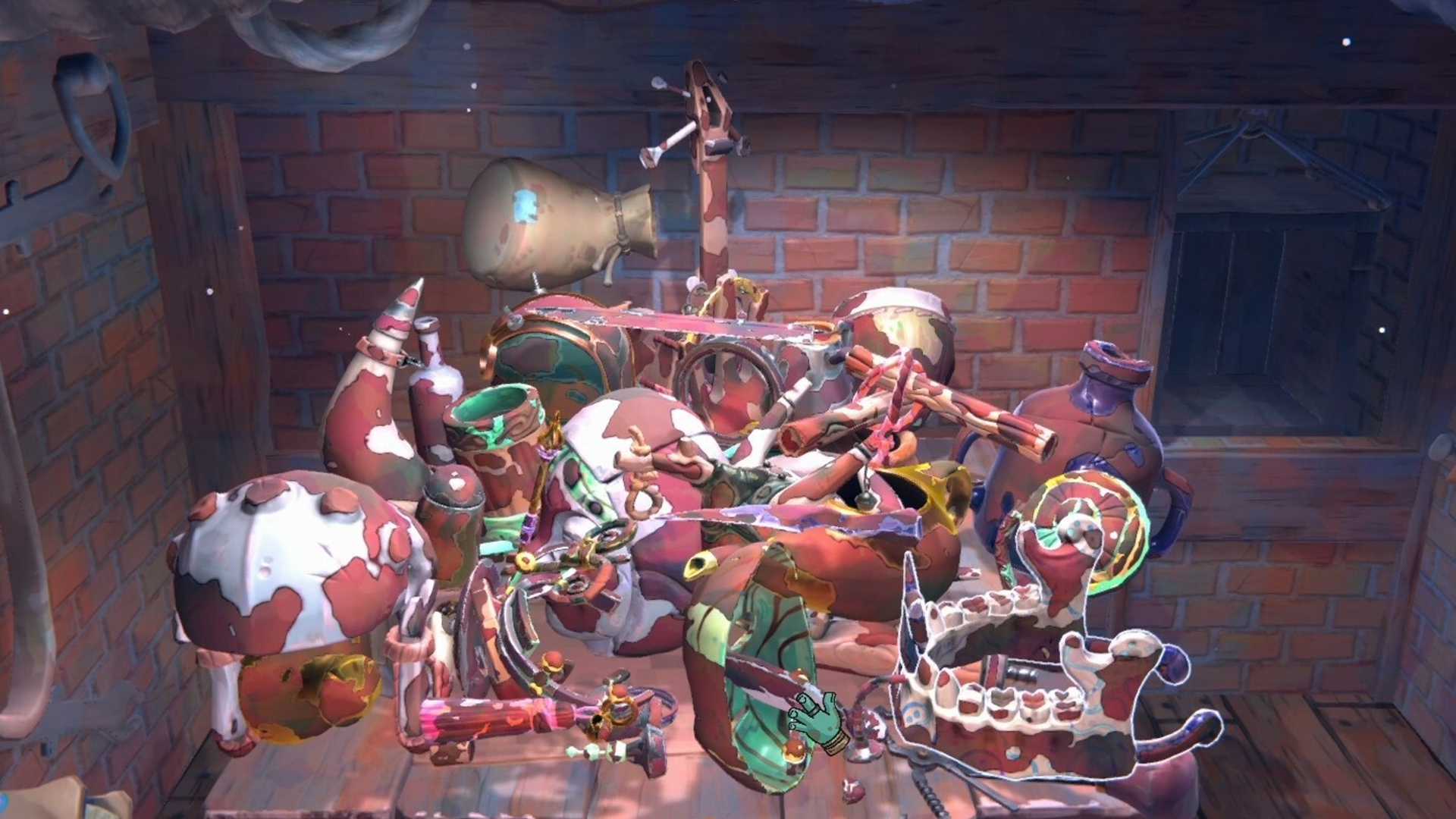
© Spilt Milk Studios